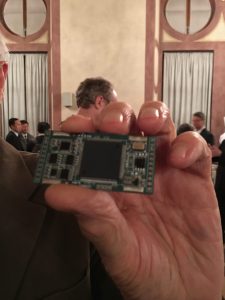Image: Shutterstock
Blog Editor’s note: Much of this item in Aviation Policy News relates the announcement of a group seeking a public-private-partnership with the government to build an eLoran system. Something we have already reported on.
The author makes some interesting observations worth noting about the applicability to aviation.

Excerpt from
Aviation Policy News 27 August 2020
By Bob Poole
Public-Private Partnership for eLoran Announced
I routinely hear anti-eLoran complaints from aviation people. One of these is that eLoran is not good enough to substitute for GPS; after all, as noted above it can handle only non-precision instrument approaches. But as opposed to various theoretical constructs, isn’t eLoran better than the existing FAA plan to keep in place a large fraction of ground-based VORs and DMEs, as well as many radars that were supposed to be retired as part of NextGen? Like the FAA plan, eLoran is intended to keep flights safely on course when GPS is not available. It’s not a long-term substitute; it’s a backup system.
A second concern comes from people remembering the days before GPS, when many planes carried the large, old, heavy Loran receivers. The concern is that every airliner and every GA plane would need to find space for such a device, at some unknown cost. I find that objection ludicrous in today’s world of mass-produced micro-miniaturization. As one example, in 2017 a Dutch company, Reelektronika, released a combined receiver for eLoran, Cayka, and GNSS that is only 6 centimeters long. I’ve seen a photo of it held between a person’s thumb and forefinger.
BTW – here is the image of the small eLoran/GLONASS/GPS receiver he mentioned.



